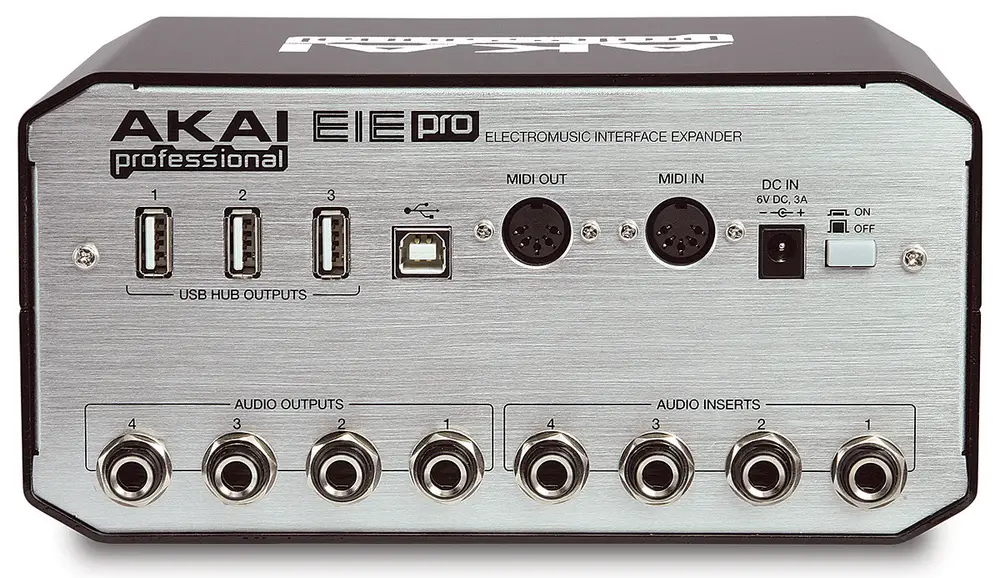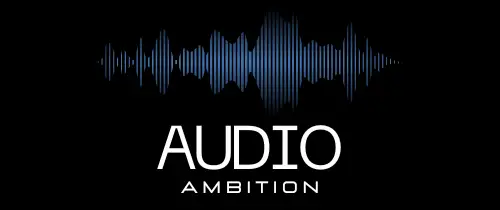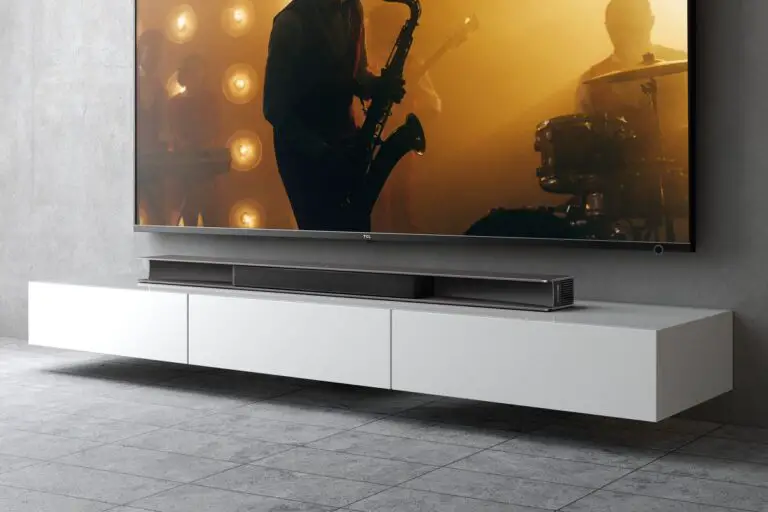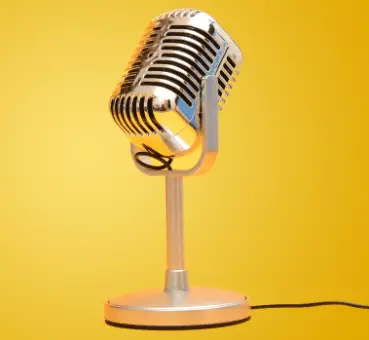Many want to know, “What Is USB Audio Out”. If you’re in this group, this article, What Is USB Audio Out, is written to provide you details of what USB audio out means. The knowledge of USB audio will guide you to get the best sound from your Amp/DAC, TV, and headphones.
Also, when setting up your sound system, it’s become easy as well. Not just easy but it helps you to get the quality sound.
What Is USB Audio Out?
What is USB audio out? USB audio out is also called USB audio output. USB audio out is a technology device that drives a signal through a digital or analog converter into another device’s audio input or audio receiver to amplify the audio for better hearing.
USB audio works with audio input to produce the required sound needed. Audio out needs audio input to make the sound system complete. If you want to amplify your Tv volume, then you need to connect your USB audio out the speaker to the Tv’s audio output to the speaker.
Let’s get into the details on how USB audio out works.
The Important Of Knowing Your USB Audio Outputs
If you care about good sound quality from your sound system, then you’ll know it is important you have a better understanding about how USB audio out functions.
There are different types of audio outs. These audio outputs produce different sound qualities and quirks.
When you know them and how they function will greatly improve your sound quality. These audio outputs come in different grades with additional technology features.
The best way to amplify your sound system is to have a clear understanding of how they work and be able to recognise them as well.
Knowing how USB audio works will save you from the stress and the cost of buying multiple converters/adapters when connecting audio from output to input receiver.
One of the major concerns about USB audio out is the compatibility. How compactable the two audio receivers and giver are will determine the quality of sound it will produce.
This is important because when you have a Radio Frequency (RF) transmitter that needs analog output for it to properly output sound to the RF headphones and mistakenly connect it to digital output will not produce good sound quality.
Types Of USB Audio Out
USB audio out is in 2 types because of their functions. They play different roles, when it comes to amplifiers of sound.
One type plays higher files, while the other plays lower files. The type of audio file you want to transmit will determine what to buy.
Types of USB audio out:
- Analog USB Audio Out
- Digital USB Audio Out
Analog USB Audio Out
The USB audio out is designed to transmit or transfer analog audio out signal from the giver to the receiver.
Analog USB audio out is built to transfer small files compared to digital USB audio out. Likewise the sound quality of the analog USB audio out is poor compared to digital USB audio out.
The speed of analog USB out is lower compared to digital USB audio out. The higher the audio version you want to send the lower the speed of analog USB audio out.
Analog USB audio out are designed to meet up with some technology devices because the process system of analog USB audio out is low.
Watch this video: What Is USB Audio Out
Types Of Analog USB Audio Out (What Is USB Audio Out)
Each type of analog USB audio out has unique features that make them different from each other. They function differently in a similar way. The understanding of how the different types of analog USB audio out function will guide choose the one that’ll best suit your sound system.
Here are the different types of analog USB audio out that you can find on devices:
- Multi-channel output or Surround sound
- RCA (Stereo audio output)
- XLR output (cannon plug)
- Mini-stereo (TRS connectors)
- Speaker wire
- RF coaxial
Multi-channel Output or Surround Sound
It is called multiple-channel output because it is built with multiple jacks. The multiple jack splits the analog data into different channels.
The split that is built into Multi-channel output allows the projection of sound from the jack into various speakers.
Multi-channel output or surround sound is designed to give listeners spatial audio-listening experience. The listening experience from the multichannel is more retentive than normal stereo audio output.
You can also configure the multi-channel output or surround sound from common 6 speakers to the latest 24-speakers setup.
Multi-channel is designed for bigger places like movie theatres, auditorius, and open places.
RCA (Stereo audio output)
RCA stands for Radio Corporation of America. RCA was the first to introduce this mode of analog sound output to the public in the 1940s. Since then, the name RCA is named after the corporation.
RCA audio out has the capacity to split the audio into two separate channels. It’s built to produce sound from the left and right.
RCA is designed to allow the listener to hear sound from two dimensions of sound, improving the listening experience.
RCA is easy to set up because of the color coding of red, yellow, and white cables for audio. Hardly will you see RCA with multiple cables.
XLR output (cannon plug)
XLR audio out is also known as Cannon plug and it can easily recognise by 3-pin connector.
This audio out is called Cannon plug because of the founder of Cannon Electric. The audio is designed to produce one dimensional sound.
XLR audio out is commonly found in microphones and other audio devices such as amplifiers, Tv, DVD, and DJ mixers.
People buy XLR audio out because of its ability to balance the audio connection when transferring files. It still has the capacity to minimize any kind of electromagnetic interference that could cause strange noise.
However, XLR audio out produces less noise due to the thicker cable/wiring that come with it. It’s good to connect a bigger space like an auditorium.
The thicker cable makes it best used for live performance that will last for hours. Hardly will the cable get burnt.
Likewise, it is preferable to connect long distance audio from the source to the receivers. The cables are thick and have the capacity to carry on such transfer of audio out.
The XLR ground pin is separated from the 2 signal pins. The separate is purposely designed by the manufacturers to reduce short breaches of crackling, buzzing, humming, and any other disturbing noise.
Mini-Stereo or TRS
Mini-Stereo audio out is used to switchboards in telephone during the 19th century. It’s also known as 3.5mm jacks or AUX.
As technology advances, you can find Mini-Stereo in electric guitars, in corded microphones, and other computer devices.
You can easily identify Mini-Stereo from its Tip, Ring, and Sleeves (TRS) design.
The TRS is like the power house of Mini-Stereo that moves positive and negative signals alongside with ground connection that allows it to give a 2 channel sound output.
Mini-Stereo has the capacity to support a balanced audio connection irrespective of the small size. The audio out of Mini-Stereo is supported with a single cable.
Digital USB Audio Out
Digital USB audio output is designed to transmit digital audio signals to the audio receiver/amplifier.
Digital USB audio produces better sound compared to analog. The technology to make digital audio out is higher than analog.
Clear distinct of how these two product functions will make your get the USB audio out that’ll best suit you.
The transmission of digital audio out is higher than analog. Digital can transfer higher audio without the machine getting out.
Even though both digital USB audio out and analog USB audio out are the same because they do not function.
Types of USB Digital Audio Out
Listed below are the various types of digital audio out you can easily find in most devices:
- SPDIF coaxial
- HDMI
- Toslink (Optical)
- Displayport
SPDIF coaxial
SPDIF takes digitals frequency from a source to an A/V receiver. The A/V receiver will amplify the sound for better hearing.
It has the capacity to transmit higher signal from the source to better sound quality to a receiver.
SPDIF is a combination of 2 companies that produce it. The acronym SPDIF stands for Sony Philips Digital Interface.
The audio out of this device is a combination of Sony and Philips in the industry.
SPDIF has the capacity to deliver stereo, Dolby Digital, and DTS surround sound. It support bandwidth up to 24-bit/192 khz audio
SPDIF is split into 8 channels of audio of surround sound. That’s why it has the capacity to cover an auditorium and bigger space.
When using SPDIF, there is hardly any transmission loss because the digital signal maintains the route and remains the same way it is transmitted.
Conclusion: What Is USB Audio Out

What Is USB Audio Out? USB audio out is designed for transmission of audio from a source to the receiver. It helps to distribute audio to a larger space. It creates spatial audio listening that makes listeners enjoy quality sound. USB audio out is the source of the audio sound to the receiver.


![What Is USB Audio Out - Onn soundbar How Many Watts Is A Good SoundBar? [Solved]](https://audioambition.com/wp-content/uploads/2021/12/Onn-soundbar.png)



